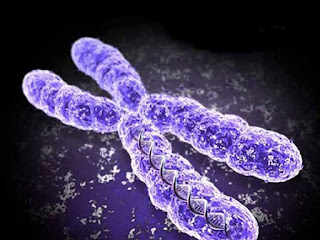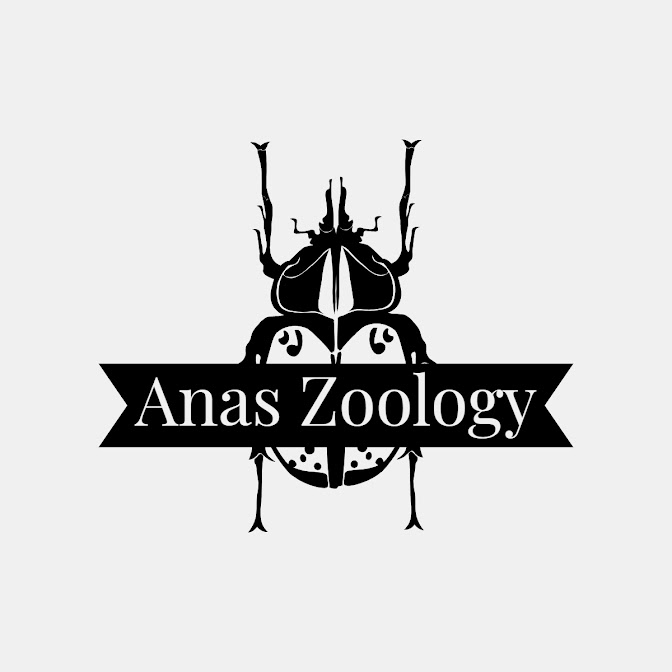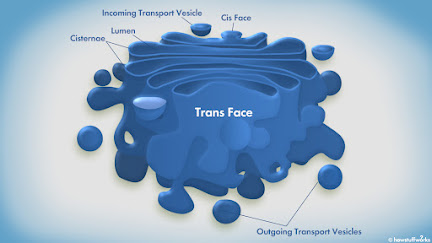Chromosomes

(Image Source: https://pmgbiology.files.wordpress.com/2015/10/chromosomes.jpg?w=300 ) Chromosomes are found inside the nucleus of the cell. The number of chromosomes differ from organism to organism. Humans have 23 pairs i.e. 46 chromosomes. Out of these 23 pairs, 22 pairs are autosomes and 1 pair is of sex chromosomes. Human female have XX as the sex chromosome and human male have XY as the sex chromosome. One set (23 chromosome) is inherited from the maternal (female parent) and another set from the paternal (male parent). Since two sets are present inside the cell, the cell is called as diploid (di=two, ploid=set). All somatic cells of the body are diploid. Gametes (sperm and ovum) contains only one set of chromosomes and hence are called haploid. The number of chromosomes in each somatic cell is the same for all members of a given species. Chromosome Morphology: (Image Source: https://microbiologynotes.org/wp-content/uploads/2020/07/types-of-Telomere.jpg ) C...
















